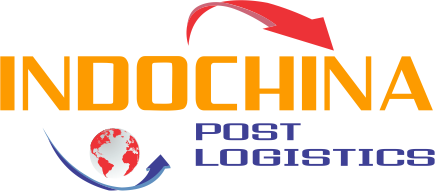Traceability refers to a set of procedures and measures designed to register and identify a good from its point of origin (production site) to its final destination. Traceability seeks to determine where the product is in the supply chain and in what condition it is.
Traceability allows you to learn about the components and origin of the goods, the treatments applied to the articles, and the distribution process that was used. This concept encompasses methods for improving, verifying, and securing the articles.
It is a procedure that is becoming increasingly popular in the logistics industry, and it includes large corporations that work with the supply chain. This is also true for Indochinapost, which, as experts in transporting goods anywhere, already consider trends such as the use of drones in logistics, the platooning concept, and seasonal logistics.
Contents
Traceability Types
When it comes to understanding the traceability of a product as it moves through the supply chain, we can divide it into four categories based on origin or meaning.
In terms of traceability by origin, we distinguish between:
- Process or internal traceability refers to the ability to obtain the trace that a product leaves behind through all of a company’s internal processes, including manipulations, composition, machinery used, shift, temperature, batch, and so on.
- External traceability refers to the ability to externalize the data from the internal trace and add some additional indicators (broken packaging, temperature change in the chain, etc.). To obtain product traceability, it is necessary to record the indications left by the product as it moves along the chain (either in the normal or inverse direction).
The following distinctions can be found depending on the direction:
- Backward traceability refers to receiving products from suppliers. At this point, records are critical for tracking the movement of products back to their origin.
- Forward traceability refers to the products that are ready for dispatch and the immediate customer to whom they are delivered. It specifies what products are delivered and to whom they are delivered. The products are no longer under the company’s control from this point forward.
The Benefits of Logistics Traceability
Implementing a traceability system in logistics has numerous advantages for businesses, consumers, and authorities.
In the first case, it is beneficial to identify critical points along the supply chain in order to resolve incidents and increase productivity.
It boosts consumer confidence in purchasing products and services, especially in a globalized economy with complex goods flows (national and international).
Finally, traceability is critical for authorities in public health sectors such as pharmaceuticals or food because traceability systems, which include the reading of traceability records, are required.
Implementation
Traceability, on the other hand, is not a system that everyone has in place right now. In fact, because many businesses track shipments manually, there is frequently insufficient information available about the status of shipments. Because traceability systems are designed to improve the safety of goods and control risks, this results in a lack of security in the processes as a whole.

